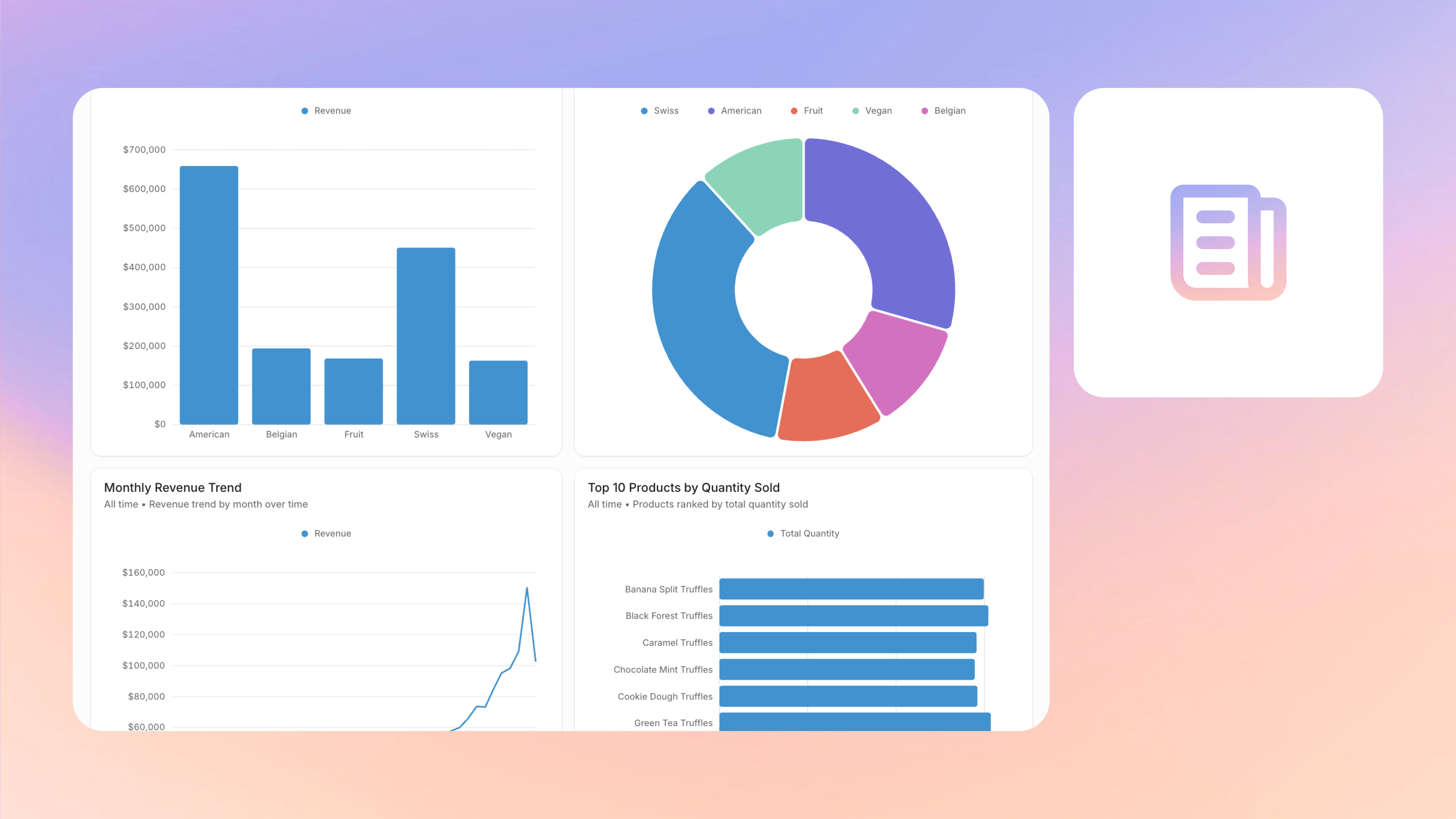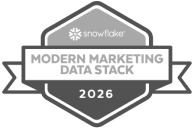What is a data governance maturity model?
A Data Governance Maturity Model evaluates the evolution and effectiveness of an organization's data governance practices. It provides a structured framework for assessing the processes, standards, and guidelines that ensure data quality, consistency, and collaboration. By understanding your maturity level, you can identify gaps, improve data privacy and compliance with regulations like GDPR, and foster trust with customers and stakeholders.
In this article, you'll learn how to compare your current data governance practices against best practices using the maturity model. By the end, you'll understand your organization's maturity level and be better equipped to advance your data governance framework.
Examples of data governance frameworks
Choosing the right data governance framework requires careful analysis and evaluation of the pros and cons of each framework with your organization's specific data governance mission, goals, and timelines. Multiple data governance frameworks have been adopted across enterprises, such as:
The DGI framework takes a pragmatic, bottom-up approach that focuses separately on rules, people, and processes. It provides actionable steps and best practices to effectively adopt the data governance framework.
The DAMA DMBOK framework focuses on a more holistic, top-down view of data management and identifies nine different knowledge areas that focus on separate aspects of data governance.
Best practices on using a data governance maturity model
Effectively leveraging a Data Governance Maturity Model requires a thoughtful approach to assess, plan, and improve your organization's data governance framework. Here are some best practices to guide you:
1. Start with a Comprehensive Assessment
Evaluate your current data governance practices against the maturity model. Identify strengths, weaknesses, and gaps in areas such as data quality, compliance, security, and collaboration. This baseline assessment helps pinpoint where improvements are needed.
2. Set Clear Objectives
Define what you want to achieve at each maturity level. Whether it's improving data consistency, reducing silos, or enhancing compliance, having clear goals ensures your efforts align with organizational priorities.
3. Engage Stakeholders Across the Organization
Involve key stakeholders, including data stewards, data owners, and executive leaders. A collaborative approach ensures buy-in and promotes accountability for data governance initiatives across departments.
4. Develop an Actionable Roadmap
Based on your assessment, create a roadmap that outlines specific actions to move from your current state to higher maturity levels. Prioritize initiatives that deliver the greatest value and address critical gaps.
5. Leverage Automation and Tools
Utilize data governance platforms like Secoda to streamline processes, enforce policies, and track progress. Automation reduces manual effort and helps maintain consistency as your organization scales.
6. Monitor Progress Regularly
Continuously measure your progress against the maturity model. Use metrics such as data quality scores, compliance rates, and user adoption to assess the impact of your efforts and adjust your roadmap as needed.
7. Promote a Culture of Data Excellence
Encourage a data-driven culture by providing training, fostering collaboration, and rewarding teams that prioritize data governance. A mature governance framework thrives on organizational commitment to data integrity and accountability.
By following these best practices, organizations can effectively use a Data Governance Maturity Model to advance their capabilities, ensure compliance, and unlock greater value from their data.
Data governance maturity and how it relates to your framework
Once you've started rebuilding a data governance framework, you should be aware of the various progressive stages involved in accomplishing a full-fledged and mature data governance framework.
The standard maturity levels in a data governance framework include:

- Level 0: Absent - No awareness of data governance in the organization.
- Level 1: Aware - Initial awareness of data governance and its relevance for fostering a data-driven culture.
- Level 2: Developing - Foundations of a data governance framework are laid with a clear vision and stakeholder alignment.
- Level 3: Defined - A formalized, documented, and structured data governance framework is established across departments.
- Level 4: Managed - A functioning program is in place with data catalog tools, improving data quality and reducing downtime.
- Level 5: Optimized - Mastery of data governance is achieved, leading to trust in data assets, widespread buy-in, and better business outcomes.
The various maturity levels describe the recommended milestones that an organization should strive to achieve to fully embed data governance across all departments. It's important to note that there is no one-size-fits-all maturity model. Depending on your organization's current state of growth, technology stack, regulatory requirements, and existing processes, you should modify the data governance maturity model to suit your needs.
Once you've created a data governance maturity model, you should conduct an audit to evaluate the current governance efforts with respect to the prescribed milestones at your organization's current maturity level. The assessment should review existing data processes, data infrastructure and tools, data owners, and roles and responsibilities. You can obtain qualitative feedback from the relevant stakeholders to identify gaps and areas of improvement via surveys and questionnaires.
The survey can include questions such as:
- Do you have a clearly defined data governance strategy?
- Are the current governance processes meeting expectations and delivering the desired outcomes?
- What is your process to troubleshoot issues related to data quality, data access, and data downtime?
- Are there clear guidelines that define who can access data assets and the level of access that they have?
- Are there any security or compliance issues that are not yet addressed?
A statistical and detailed review of the survey can help you obtain a baseline understanding of the current state of awareness and adoption of data governance guidelines. Armed with this knowledge, you can progress to the next maturity level as prescribed by your chosen governance maturity model.
How to achieve better maturity for your data governance framework
As you're probably aware, implementation of any data governance framework as it progresses through various data governance maturity levels isn't straightforward. However, adopting tools like data catalogs can help streamline the governance initiatives from the very nascent stages to the final stages of maturity of the data governance program.
If you're looking for an AI-powered data catalog, observability, and governance platform that can help you enforce data governance at scale, consider Secoda. With strong adoption in the market, Secoda can help you quickly attain full maturity of your governance initiatives with automated workflows, advanced search and data discovery, and a seamless user interface.

As your organization grows and matures, you need a mature data governance framework to have a comprehensive understanding of your data assets and their quality and effectiveness in making data-driven business decisions. With Secoda, you can leverage automated tools to simplify and enhance your data governance processes as you scale. Secoda can easily integrate with your existing data tools, and you can seamlessly use its powerful data management, data lineage, data sharing, data observability, and data governance functionalities to implement a highly mature data governance framework at scale.
Take action
Through clear policies, guidelines, and protocols, data governance frameworks lay down an objective benchmark for organizations to start extracting the full value of their data assets. However, the maturity levels of data governance frameworks vary widely across organizations.
Secoda is an all-in-one, AI-powered governance platform that provides data quality checks, data health insights, and superior search functionality, and it can be effortlessly integrated with modern data tools. If you want to implement a comprehensive data governance framework, book a demo with Secoda today and start extracting the full value of your data.
















